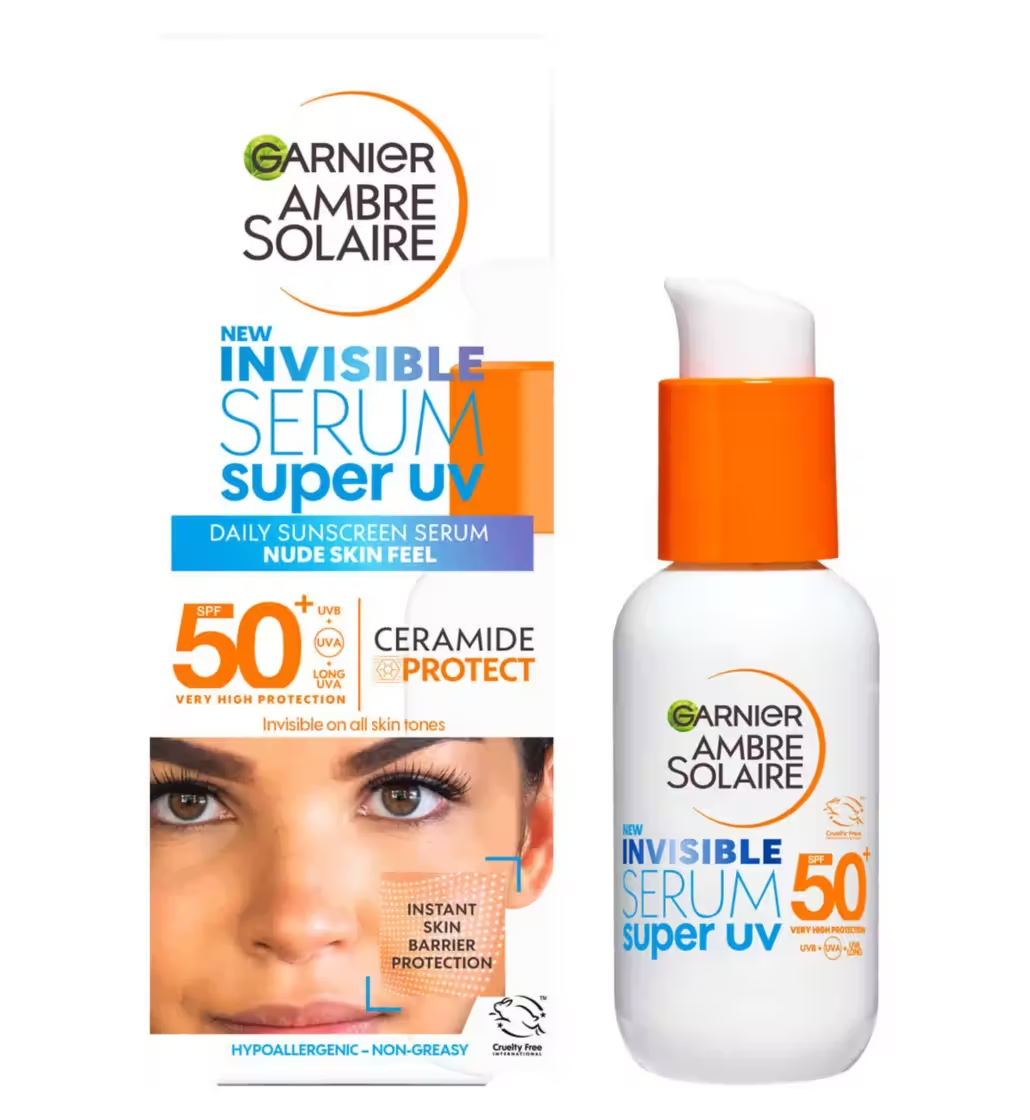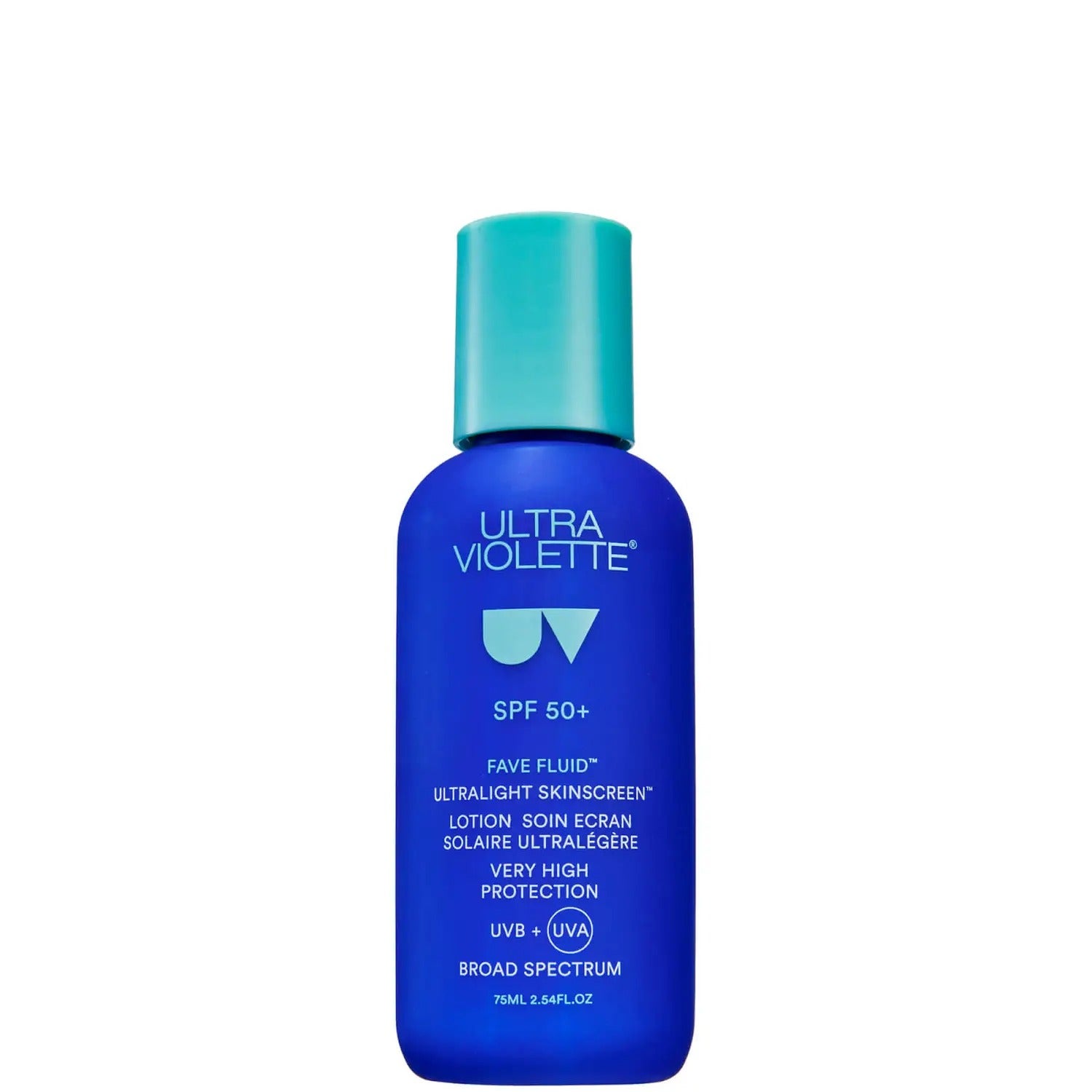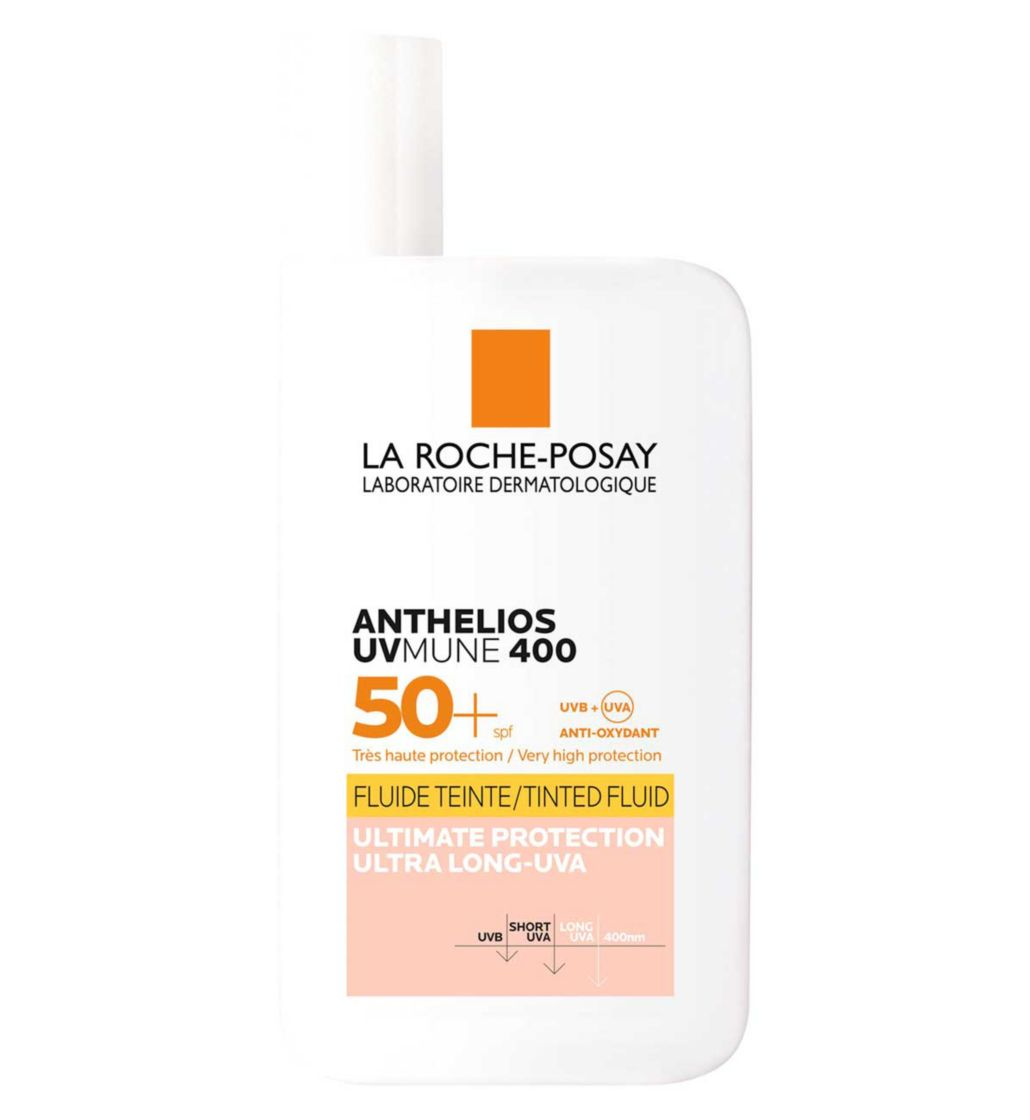I’ve Been Applying SPF Wrong My Whole Life. Here’s The Problem
Photographed by Caroline Tompkins.
Welcome to Sun Blocked, Refinery29’s global call to action to wake up to the serious dangers of tanning. No lectures or shaming, we promise. Instead, our goal is to arm you with the facts you need to protect your skin to the best of your ability, because there’s no such thing as safe sun.
Until this month, one thing I was certain I’d nailed as R29’s deputy beauty director is how to use sunscreen. I’m lucky to have access to some great dermatologists and I’ve learned that applying two or three finger lengths’ worth of a broad spectrum, high factor SPF before leaving the house helps to protect my skin from both UVA rays (responsible for premature ageing and skin cancer) and UVB rays (which cause sunburn). I know that one application isn’t enough for an entire day, especially if you’re spending time outside in the sunshine, and that UV rays can harm your skin even when it’s cold and cloudy. But when it comes to sun protection, it seems that every day is a schoolday.
AdvertisementADVERTISEMENT
This is especially true on social media. Sure, it’s often awash with skincare misinformation but there is a small collective of trustworthy experts cutting through the noise. One such authority is cosmetic chemist Dr Michelle Wong, who recently went viral on Instagram for sharing a piece of advice that marks the difference between your sunscreen working and rendering it useless.
"I see people doing this a lot: rubbing in their sunscreen too much," says Dr Wong in a video where she is visibly struggling to get her sunscreen to absorb into her skin. "[Rubbing] actually lowers protection," continues Dr Wong, "because you start to mess up the layer." Essentially, rubbing in your SPF very vigorously — or for too long — could start to remove sunscreen from your skin, explains Dr Wong. She points to research which suggests that rubbing, instead of gentle application, can reduce the efficacy of sunscreen by up to a quarter.
Can rubbing in your sunscreen too much reduce the protection?
To understand more about why the way you apply sunscreen matters, R29 reached out to Dr Wong. She tells us that sunscreens contain solvents: ingredients which are used to dissolve other ingredients. As your sunscreen dries down and these solvents evaporate, the product forms a film on the skin. "Rubbing after the film has formed can mean you're rubbing [your sunscreen] off — much like if your sunscreen is brushing off on clothes, towels or sand," says Dr Wong.
No one wants sunscreen sitting heavily on their skin but there is such a thing as being too thorough when you rub it in. This, says Dr Wong, might push the sunscreen from the "hills" of your face (the flatter, larger surfaces such as your cheeks and forehead) into the "valleys" (think: the sides of your nose and your hairline) so that more of it ends up protecting areas of skin that are already well protected and less of it gets to the parts of the skin that need it, like your eyelids. Alarmingly, a study presented at the British Association of Dermatologists' annual meeting in 2018 found that many people actually miss out their eyelids when applying sunscreen. As a result, this is a common site for skin cancers.
AdvertisementADVERTISEMENT
How much rubbing is too much when applying sunscreen?
The main reason why some of us tend to go overboard when rubbing in sunscreen is down to the texture and finish of the product. Typically, mineral or physical sunscreens (which contain filters like titanium dioxide and zinc oxide to deflect UV rays) are thicker in consistency compared to some chemical sunscreen formulations (which absorb UV rays and convert them into heat so that they can’t damage your skin). For this reason, mineral or physical sunscreens may leave behind a white cast or a grey tinge, so you’d be forgiven for rubbing for longer than usual to get rid of it.
However, cosmetic scientist Jen Novakovich and aesthetician Alicia Lartey agree that over-rubbing is possible when using any sunscreen. "It comes down to each individual product and formula," Lartey tells R29. "If you feel like your formula requires a lot of rubbing, then it means you’re probably messing with the efficacy. Using myself as an example, I have deeper skin and a mineral sunscreen requires a lot of rubbing to make it look half decent."
Novakovich says that there is so much variability in how people rub in their sunscreen but adds that once it looks like the product has been absorbed, stop there. Dr Wong adds that if you leave the sunscreen for a moment, the white cast tends to disappear. "Since some of the white cast comes from light scattering from the droplets in the emulsion, this will settle after application to skin," she says. If there is still a visible white cast, Novakovich suggests reaching for a different product entirely. But more on that later.
AdvertisementADVERTISEMENT
What is the best way to apply sunscreen?
Dr Wong points out that there isn't much data to recommend the best way to apply sunscreen but advises spreading it onto your skin as evenly as possible and then leaving it to dry down. "A few studies have suggested that applying it in two lots (a second application 20 minutes after the first) increased application amounts and reduced missed spots, which might be a good idea before intense sun exposure," says Dr Wong.
Novakovich shares another tip to ensure you’re applying the appropriate amount of sunscreen: "Three lines on three fingers is a good way to quickly gauge the amount. Once your sunscreen is rubbed in, stop there." Lartey agrees that there is no need to go overboard. She likes to dot sunscreen evenly around her face and rub it in briefly and, most importantly, gently. "If you’re evenly distributing your sunscreen, you shouldn’t have to give yourself a full-blown facial massage," she says. If you want to get prescriptive, Lartey suggests dedicating three to five seconds to each area of your face when applying your SPF.
What is the best sunscreen?
Lartey points out that some sunscreens sink in quickly and easily but not all of them. It’s all down to personal preference. Dr Wong prefers chemical sunscreens because they tend to leave behind less of a white cast. They are also typically lighter in texture than mineral sunscreens with the same protection level. "I also find that they clog my pores less," she says. "In general, chemical sunscreens are better for most people since there's a lot more flexibility with the formulation, and most people can apply more due to their lighter textures." That said, some might prefer the feel of mineral sunscreens, adds Dr Wong, which can be more mattifying.
AdvertisementADVERTISEMENT
"I’m a Black person with deep skin," says Lartey, "and unless I want to look like a Halloween figure, I’ll always choose the sunscreen with no cast. For me, that tends to be chemical sunscreens." In particular, Lartey rates Ultra Violette Fave Fluid SPF 50 Lightweight Skinscreen, £37, and Garnier Ambre Solaire SPF 50+ Super UV Invisible Face Serum, £14. While Novakovich enjoys using mineral sunscreens, especially for the face, they prefer chemical sunscreens, which they say often perform better. Their top picks are La Roche-Posay Anthelios UVMUNE 400 Invisible Fluid Tinted SPF50, £19.90, and Hawaiian Tropic Sheer Touch Sunscreen SPF 50, £33.55 for two at Amazon.
Ultimately though, the best sunscreen is the one you enjoy using, says Novakovich. If it doesn’t require lots of rubbing in and it doesn’t leave behind a white cast, you’re more likely to wear it every day — and when it comes to sun protection, consistency really is key.
Refinery29's selection is purely editorial and independently chosen — we only feature items we love! As part of our business model we do work with affiliates; if you directly purchase something from a link on this article, we may earn a small amount of commission. Transparency is important to us at Refinery29, if you have any questions please reach out to us.
AdvertisementADVERTISEMENT










